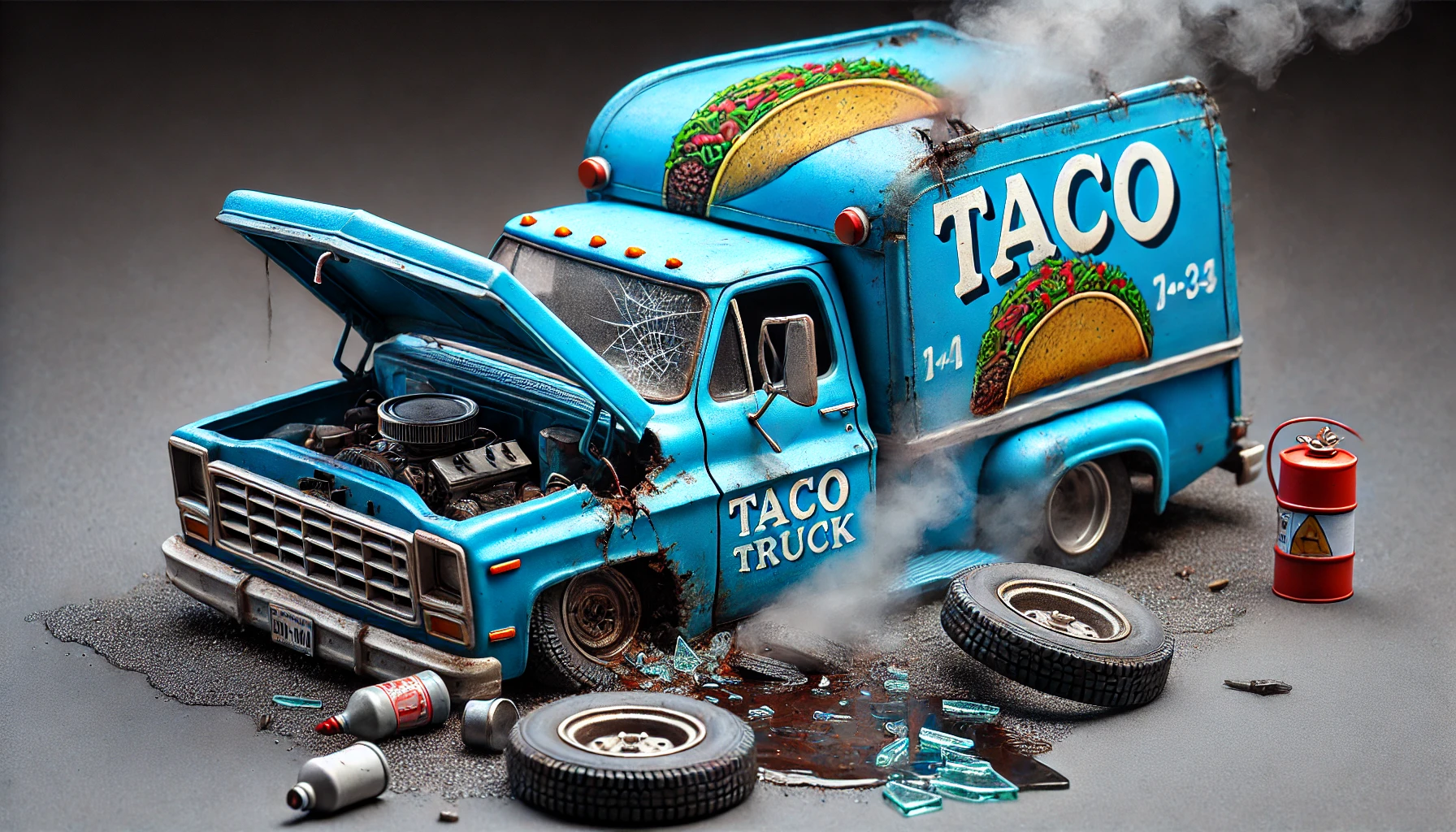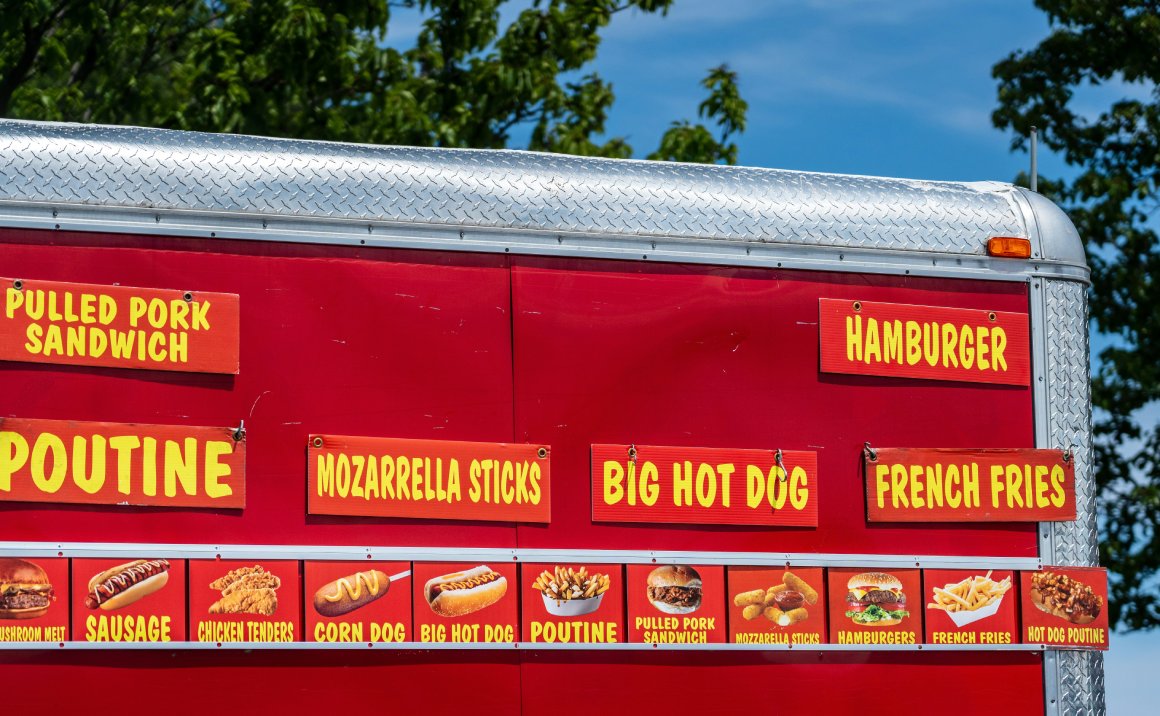
Avoiding the Pitfalls of Buying a Food Truck: Common Risks and How to Protect Your Investment
This post is part of a regular series. Click here to start at the beginning.
When purchasing a food truck, the dream of hitting the road and serving customers is exciting—but it’s important to consider the risks involved, especially when buying second-hand or lower-cost equipment. From hidden engine problems to faulty kitchen setups, there are many ways a food truck purchase can go wrong. Whether you’re buying new or used, understanding these risks can help you avoid costly mistakes and ensure your food truck investment lasts for the long haul.
In this post, we’ll explore the most common risks food truck buyers face, how to spot red flags during the purchasing process, and what you can do to mitigate these risks.
1. Engine Problems: The Most Common Food Truck Risk
One of the biggest risks of buying a used food truck is unknowingly purchasing a vehicle with engine or mechanical issues. Since food trucks are both your kitchen and your mode of transportation, a faulty engine can cause major disruptions to your business, leading to missed events, expensive repairs, and even lost revenue.
Key Risks:
- Lemon Engines: If the truck’s engine is unreliable or prone to breakdowns, you could end up spending thousands on repairs or be forced to replace the truck entirely.
- High Mileage: Many food trucks, especially used ones, come with high mileage. While this doesn’t always mean trouble, it can increase the likelihood of mechanical issues.
Example: A BBQ food truck with 200,000 miles might seem like a good deal, but without proper inspection, you could end up with frequent engine problems and long-term repair costs.
How to Mitigate the Risk:
- Have a Mechanic Inspect the Vehicle: Before purchasing a food truck, hire a qualified mechanic to inspect the engine, transmission, and other mechanical components. This will help you spot issues before they become costly problems.
- Check Service Records: Always ask for the truck’s service history. Regular maintenance is a good sign that the truck has been well cared for.
- Buy from Reputable Sellers: If you’re buying used, work with trusted sellers or food truck manufacturers who specialize in mobile food vehicles.
2. Faulty Kitchen Equipment
In addition to the vehicle itself, the kitchen equipment inside the food truck must be in good working order. Faulty appliances, improper ventilation, and electrical issues can not only disrupt your service but also pose serious safety hazards.
Key Risks:
- Worn-Out or Incompatible Equipment: If the appliances are old or not designed for mobile use, they may break down more quickly, costing you more in replacements and repairs.
- Electrical Issues: A poorly wired food truck can lead to electrical failures or even fires, especially if the kitchen equipment draws too much power from the generator or electrical system.
Example: A taco truck with a faulty refrigerator might experience food spoilage, leading to health code violations and food waste.
How to Mitigate the Risk:
- Test the Equipment: Before purchasing, make sure all kitchen equipment is functioning properly. Test the appliances (grill, refrigerator, fryer) to ensure they heat, cool, and operate as expected.
- Inspect the Electrical System: Have an electrician inspect the truck’s wiring to confirm that it can handle the power needs of your kitchen equipment.
3. Poorly Maintained Exterior and Tires
The condition of the food truck’s exterior, including its tires and body, is another area where buyers can run into trouble. Worn tires, rust, or structural damage can lead to accidents, costly repairs, and poor branding.
Key Risks:
- Tire Wear: Tires on food trucks need to support a lot of weight. If the tires are worn, they could blow out or cause unsafe driving conditions.
- Rust and Structural Issues: Rust can weaken the truck’s body over time, especially in older vehicles. Structural damage could mean the truck isn’t safe to drive or park in certain locations.
How to Mitigate the Risk:
- Check Tire Tread and Age: Inspect the truck’s tires for signs of wear. If the tires are more than six years old or have low tread, plan to replace them soon.
- Inspect for Rust and Body Damage: Look under the truck for rust or corrosion. A small amount of surface rust might be manageable, but rust that compromises the truck’s frame or body is a serious red flag.
4. The Risks of Buying New vs. Used
When deciding between a new or used food truck, there are different risks to consider. A new truck will cost more upfront but may come with warranties and fewer risks, while a used truck could be more affordable but come with hidden issues.
Buying New:
- Pros: New trucks come with warranties, giving you peace of mind for repairs and replacements. You’ll also get to design the kitchen layout and choose equipment that suits your menu.
- Cons: The upfront cost of a new food truck can be prohibitive, ranging from $80,000 to $150,000 or more.
Buying Used:
- Pros: Used trucks are more affordable, with prices typically ranging from $30,000 to $70,000. If you find a truck in good condition, you can save significantly on your startup costs.
- Cons: Used trucks often come with higher maintenance costs, hidden issues, and outdated equipment. Without thorough inspection, you could end up with a vehicle that needs costly repairs soon after purchase.
5. Budgeting for Repairs and Maintenance
Even if you buy a food truck in excellent condition, it’s important to budget for regular maintenance and potential repairs. From replacing tires to servicing the engine, maintaining a food truck can be expensive, but it’s essential for keeping your business running smoothly.
Key Tips:
- Set Aside a Maintenance Budget: Plan to set aside a portion of your revenue for regular maintenance, such as oil changes, tire replacements, and appliance upkeep. A good rule of thumb is to allocate 5-10% of your revenue for maintenance and repairs.
- Stay on Top of Preventive Maintenance: Regularly servicing your truck can help prevent more costly repairs down the road. This includes oil changes, brake checks, and inspecting your kitchen equipment for wear.
Conclusion: Protecting Your Food Truck Investment
Buying a food truck is a significant investment, and while the risks are real, they can be mitigated with proper research, inspections, and budgeting. Whether you’re buying new or used, take the time to thoroughly inspect the vehicle, kitchen equipment, and electrical systems to avoid costly mistakes. Working with reputable sellers and setting aside a maintenance budget will help ensure that your food truck remains a reliable asset for your business.
Stay tuned for the next post in this series, where we’ll explore the risks and considerations of purchasing a concession trailer for your mobile food business!
This post is part of a regular series. Please use these links to view the rest of the series in order.
How to Manage Food Waste – Portion Control and Menu Analysis
Balancing Portions and Menu Analysis: A Chef’s Strategy for Reducing Food Waste Managing food portions…
Boosting Repeat Business With Loyalty Programs and Relationship Building
How to Build Customer Loyalty and Increase Repeat Business for Your Food Truck Attracting new…
How to Manage Food Waste – Effective Menu Planning
Menu Planning to Minimize Food Waste: A Chef’s Guide to Streamlining Your Food Truck’s Offerings…




